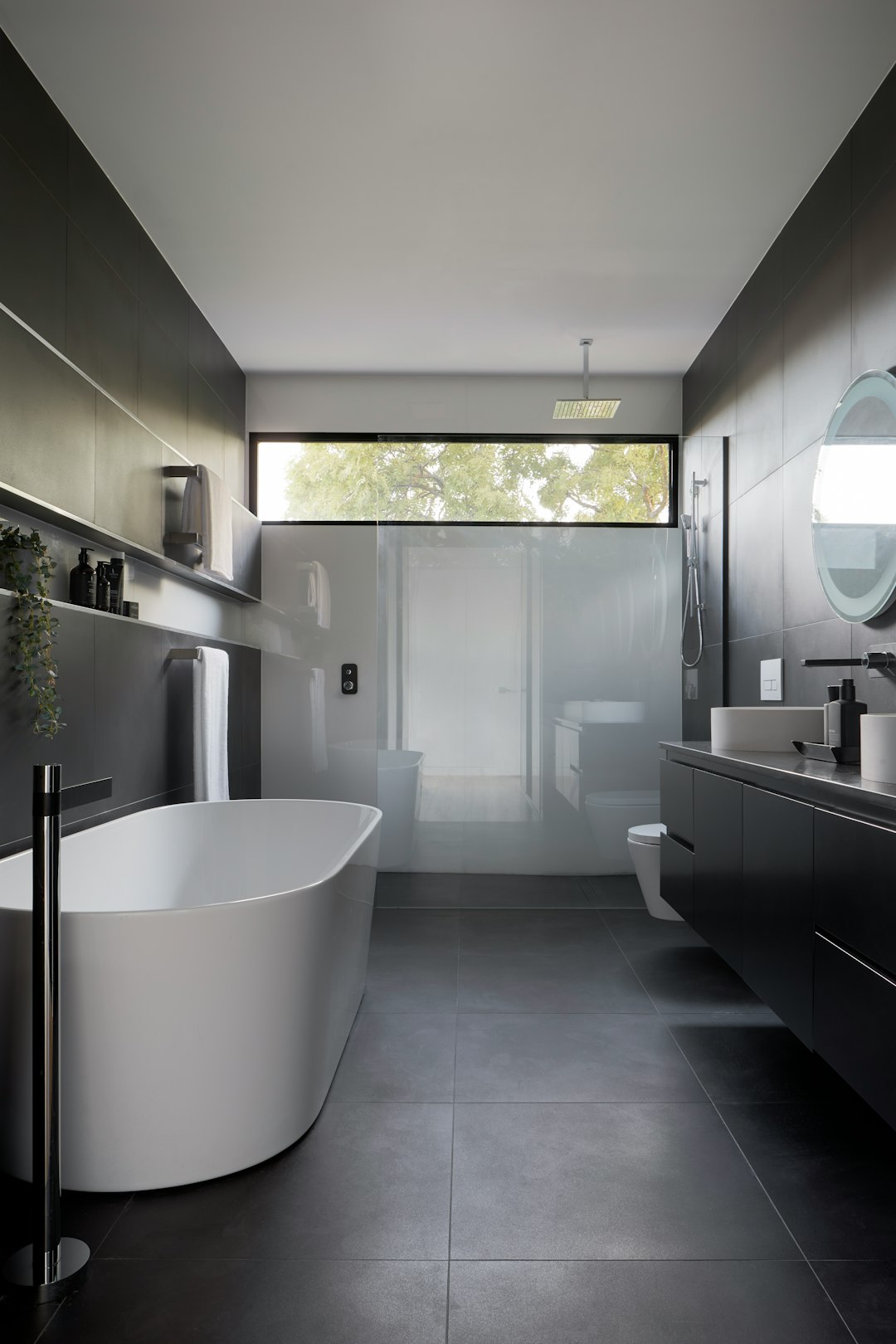
Before you install solar panels in your home, it is important that you know how to set up a mounting structure to secure them. During this phase, installers will secure the solar panels in place with bolts and nuts. In a series connection, the Positive (+) wire of one PV module is connected to the Negative (-) wire of another module. This increases the voltage of the PV modules to match the battery bank. In a parallel connection, the Positive (+) and Negative (-) wires of one solar panel are connected to the same module, which maintains a constant voltage from panel to module.
Solar panel installation begins with a site inspection. A contractor will visit your home to understand your needs and design a system that works best for you. They will also address any obstacles that may arise during the installation process. Once you’ve chosen your solar panel installation contractor, your contractor must file the design with the local government for permitting. This permitting process varies by region and requires that you work closely with the installer throughout the process. Once the panels are approved, you can expect to enjoy a free, low-maintenance energy source for many years to come.
You can find a solar panel installation company in your area by typing “solar panel installation near me” into a search engine. These companies will then fill out most of the paperwork for you. Depending on how fast you’d like your installer to complete the paperwork, this process can take several weeks. Once you’ve agreed on the equipment and the pricing, the installer will order the solar panels and other equipment needed. Once all paperwork is in order, you can sign the contract.
If you don’t want to invest in a microinverter system, a ground framework is another option. These are installed in the ground and can track the sun for optimal power generation. They can also be fixed, but they work the same way as direct-mounted solar panels. However, a ground-framework installation is recommended for homes with a view of the horizon. It may not be ideal for homes in dense urban areas.
Installing solar panels requires a proper electrical and wiring plan. Depending on the type of solar panels, your installation could take one to three days. You’ll also need to arrange to get scaffolding for safety. Ensure that the panels are mounted at an appropriate angle between eighteen and thirty-six degrees. This step is critical because a high-slope roof can cause damage to the solar panels and cause them to fall off the roof.
A five-kW size solar panel system costs between $15,000 and $25,000 to install. This price includes any tax credits and incentives you might qualify for. The average residential solar panel installation system costs between $3 and $5 per watt, which results in an approximate price range of $15,000 to $25,000 (including the cost of the panels themselves).